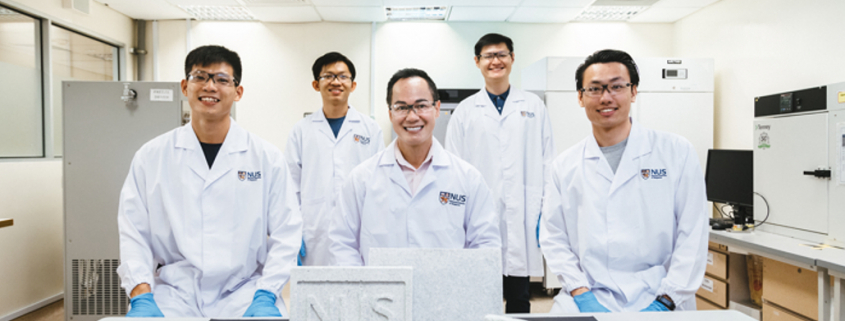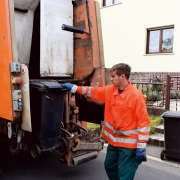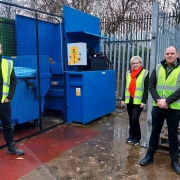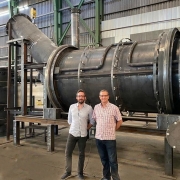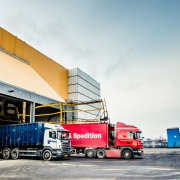Metal Waste Can Be Transformed in Aerogels
Scientists of the National University of Singapore (NUS) have developed a technique to upcycle metal waste into multi-purpose aerogels (porous ultralight materials).
Metals are used in cookware, tools, electric appliances, electric wires, computer chips and jewelry, to name but a few applications. With the growing demand for metal products, it is crucial to promote sustainable and environmentally friendly methods of recycling metal waste to help reduce the environmental impact of using metals in the economy, thought the NUS engineers – and went to work. The result: A method that could be applied “to all types of metal waste in powder form, such as metal chips and electronic waste”, the university assured.
The conventional approaches for recycling metal waste are energy-intensive. Furthermore, some of these methods also generate environmentally harmful by-products, such as ammonia and methane during aluminum recycling. “Our approach is cheaper, does not produce any hazardous waste, consumes less energy and is more environmentally friendly than conventional recycling methods for metal waste. The metal-based aerogels created using our unique fabrication technique have high thermal and mechanical stability. Hence, they are promising candidates for heat and sound insulation in harsh environments with high temperature or high mechanical impact,” research team leader Associate Professor Duong Hai-Minh from the NUS Department of Mechanical Engineering was quoted. The researchers already achieved success in developing aerogels using different types of waste such as plastics, textiles, paper, pineapple leaves and other types of food and agricultural waste.
Simple, low-cost fabrication process
According to NUS, the metal-based aerogels are created in a simple fabrication process: Metal waste is first ground into powder and mixed with chemical crosslinkers. Then, the mixture is heated in the oven, frozen and then freeze-dried to create the aerogel. “The process may vary slightly depending on the metal waste involved. On average, it takes about one to three days to transform powdered metal waste into aerogels, compared to three to seven days using conventional methods of producing aerogels.” Using this NUS technique, a piece of metal-based aerogel that is one square meter in size and one centimeter thick would cost less than 10.50 Singapore Dollar (converted 7.90 US-Dollar) to produce, half the price of commercially available silica aerogel.
New applications for metal-based aerogels
In the opinion of the NUS researchers, the developed metal-based aerogels could be used as lightweight construction materials. “Our aluminum aerogel is 30 times lighter and insulates heat 21 times better than conventional concrete. When optical fibers are added during the mixing stage, we can create translucent aluminum aerogels, which, as building materials, can improve natural lighting, reduce energy consumption for lighting and illuminate dark or windowless areas. Translucent concrete can also be used to construct sidewalks and speed bumps that light up at night to improve safety for pedestrians and road traffic,” Associate Professor Duong informed. As underlined, the translucent aluminum aerogel created by the NUS team is six times lighter, six times better in thermal insulation and 120 times cheaper compared to commercial translucent concrete (LiTraCon).
When coated with a chemical called methyltriethoxysilane (MTEOS), aluminum aerogels could repel water and become a self-cleaning construction material that allows dirt or debris to be easily washed away in contact with water. The aerogels are also suitable as fire-retardant boards, thermal insulation materials in buildings and piping systems, for absorption of airborne contaminants for indoor environments and oil-spill cleaning. The team is also looking at using aerogels for biomedical applications. The NUS scientists have already published their work and are discussing the commercialization of the technology for fabricating metal-based aerogels. In the next phase of their research, the NUS team is also looking at developing aerogels for applications that require high-temperature tolerance.
(Published in GLOBAL RECYCLING Magazine 3/2021, Page 42, Photo: NUS)

